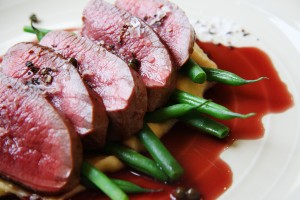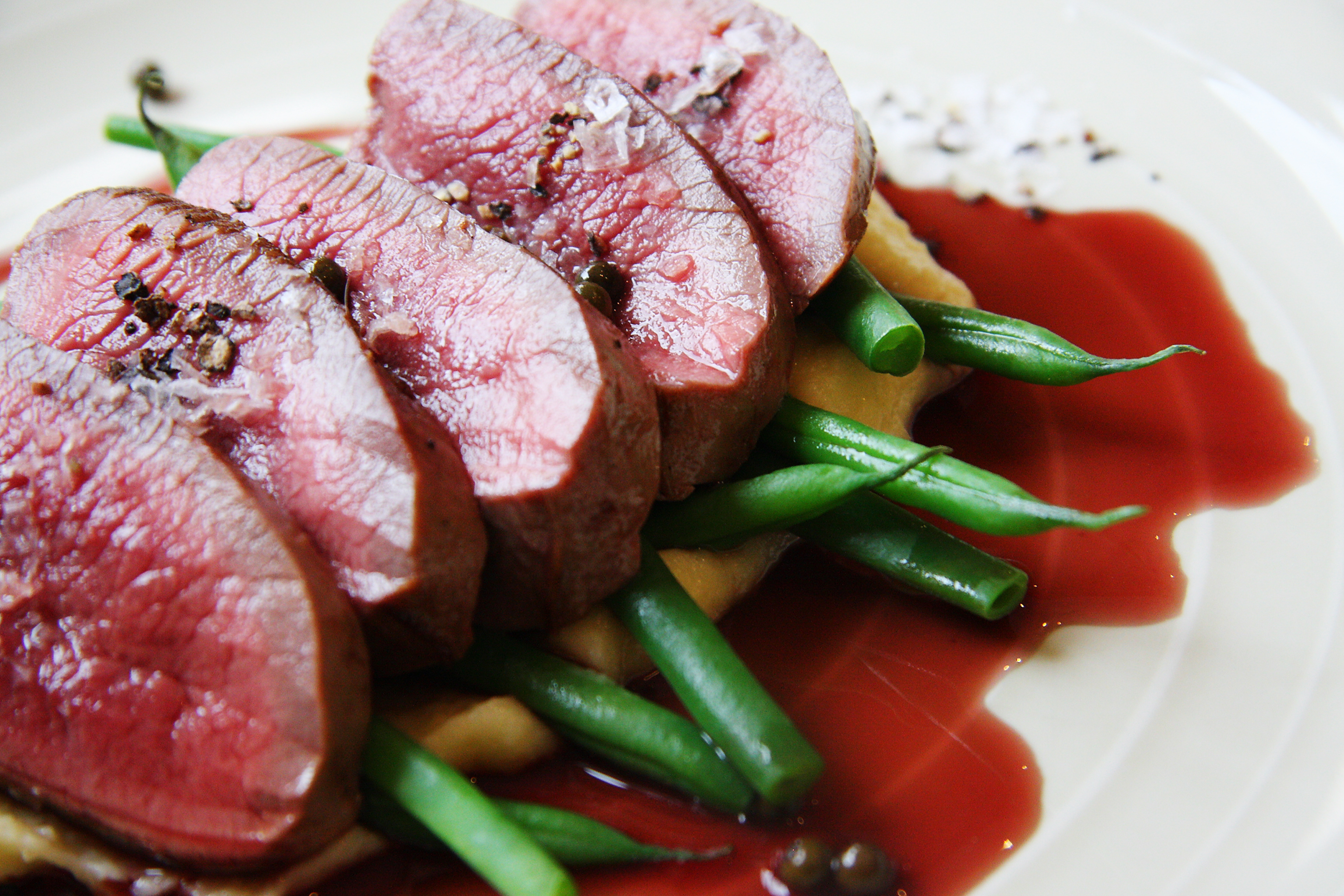 Game meat is becoming more popular and is increasingly featuring on restaurant menus, in recipe books and on television, and is far more readily available in mainstream retailers according to a new independent report*.
Game meat is becoming more popular and is increasingly featuring on restaurant menus, in recipe books and on television, and is far more readily available in mainstream retailers according to a new independent report*.
The report shows that gamebirds and venison are the most popular meats among those surveyed, with 84% and 78% respectively eating them in-season. Seventy three per cent of respondents ate woodpigeon and 68% rabbit.
Of the ninety seven percent of all edible quarry shot destined for human consumption; 62% was consumed by those who shoot or provide shooting, and 35% used elsewhere, for example sold through game dealers, restaurants or retailers. Those surveyed commonly reported game meat was becoming more popular, especially with the trend towards pre-prepared meats and meat products.
The UK’s largest shooting organisation, the British Association for Shooting and Conservation (BASC), runs a game meat promotion campaign – Taste of Game.
Annette Cole from Taste of Game said: “It’s great that game meat is getting the recognition it deserves. Game meat is a great food, pure and simple. It is healthy, sustainable and highly nutritious. It can be locally sourced, is affordable and is very tasty. It is also extremely versatile.
“But we can do more to encourage people to give game meat a go. People who shoot can give some oven-ready game to a neighbour and encourage their local pub to put game on the menu. Those who haven’t yet tried game could cook with one of our delicious Taste of Game recipes for their friends and family.”
For more information and recipes, visit www.tasteofgame.org.uk
ENDS
* The Value of Shooting report is the most comprehensive research into the economic, environmental and social contributions of shooting ever undertaken in the UK. It was conducted by Cambridge-based Public and Corporate Economic Consultants (PACEC) .
The report reveals that shooting is worth £2 billion a year (Gross Value Added**) to the UK economy and supports 74,000 full-time jobs. People who shoot spend £2.5 billion each year on goods and services, bringing income into rural areas, particularly in the low-season for tourism. The research shows that an established shoot generates local economic benefits for businesses in a radius of up to fifteen miles.
The figures show that the amount spent on shooting (£2.5bn) equals almost 10% of the total amount spent on outdoor recreation in a year, which has been measured at £27bn by the Sport and Recreation Alliance***.
Shooting is involved in the management of two-thirds of the UK’s rural land area. Almost two million hectares are actively managed for conservation as a result of shooting. Nearly £250 million a year is spent on conservation and habitat management which benefits a wide range of wildlife. People who shoot put in 3.9 million work days on conservation every year – the equivalent of 16,000 full-time conservation jobs.
At least 600,000 people in the UK shoot live quarry, clay pigeons or targets and existing industry information shows that there are at least 1.6 million individuals who shoot live quarry with an airgun.
To view the Value of Shooting report, visit http://0ld.basc.org.uk/the-value-of-shooting/
**Gross Value Added (GVA): The standard monetary measure of the value of economic activity. Equal to the sum of employment costs plus profits. Equivalent to the value of goods and services produced minus the inputs (raw materials, services etc) required to produce them.
***(source: “Reconomics” report http://www.sportandrecreation.org.uk/policy/research/reconomics)
The Value of Shooting research examined the employment and monetary flows of shooting providers and participants to quantify the direct and indirect contribution of shooting to the UK. It measured the environmental effects of conservation and land management practices and looked at the social aspects of shooting. The data collected was based on a 12 month period between August 2012 and July 2013. The research included 16,234 survey responses.
